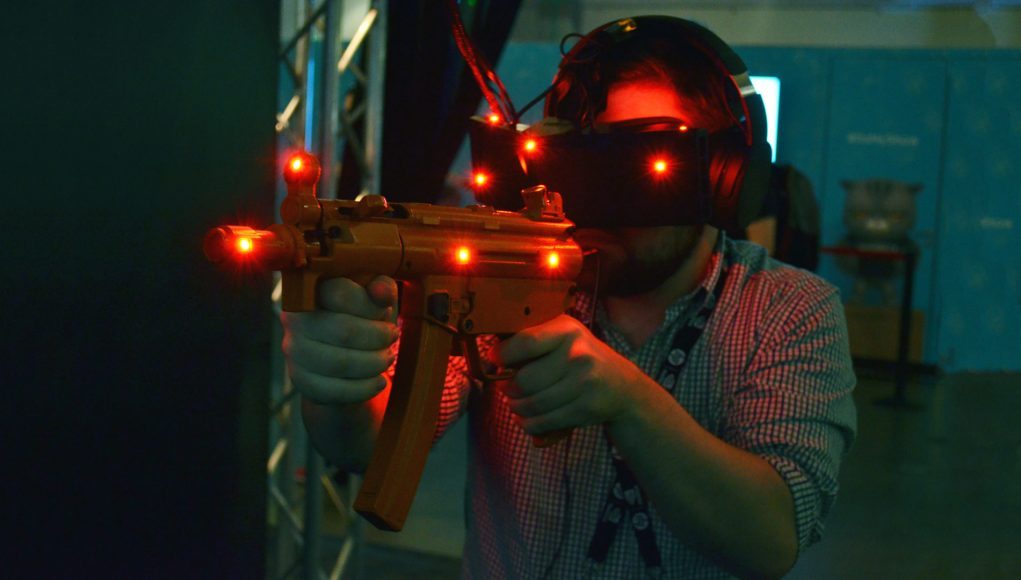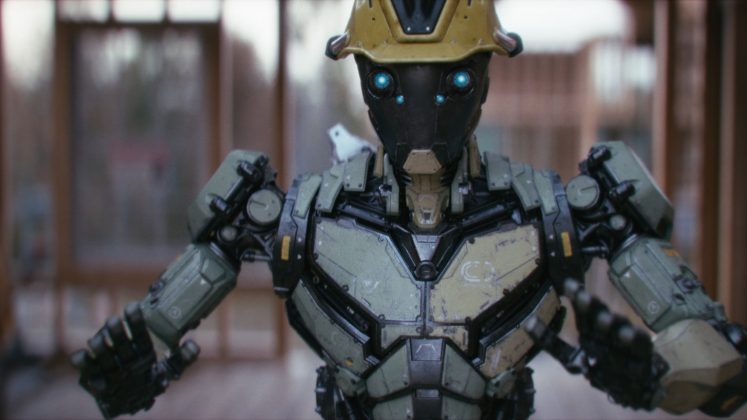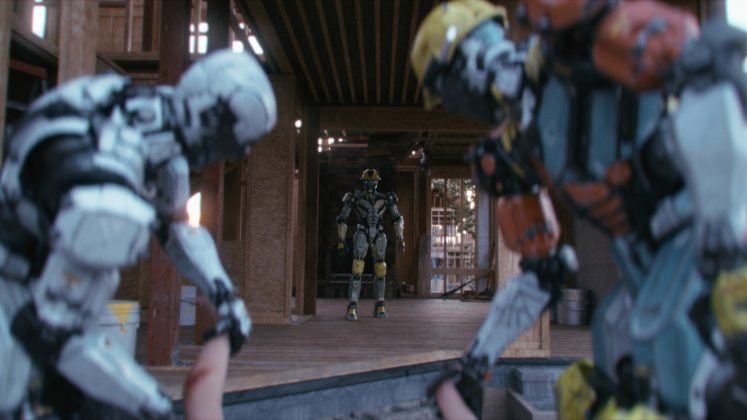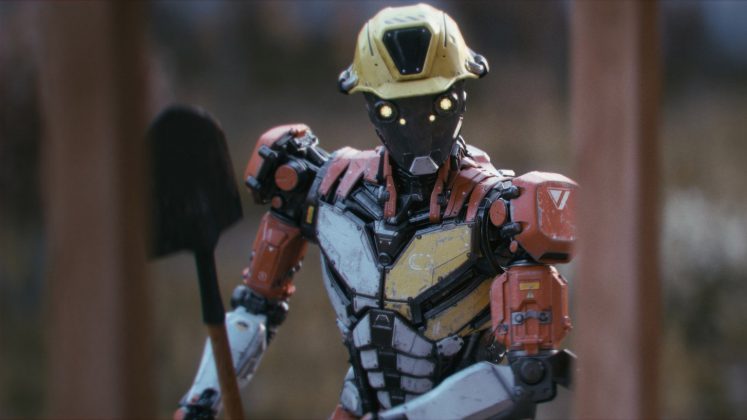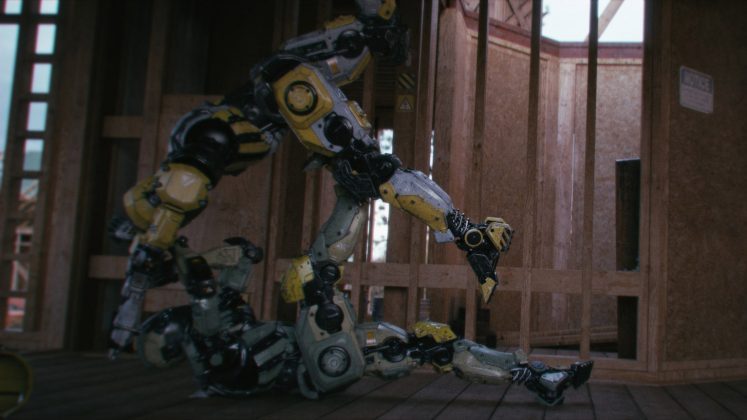Great Graphics Heighten Immersion
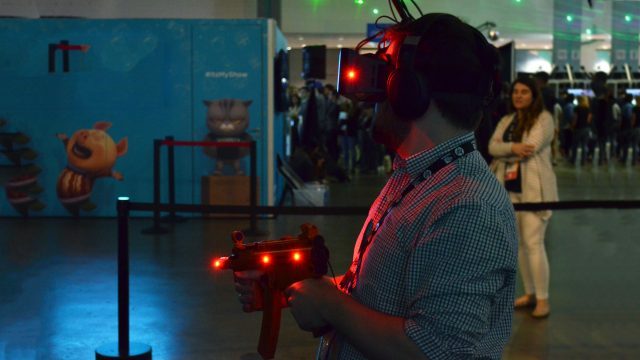
And then there’s the content. Without incredibly high fidelity content, high pixel counts in VR headsets go underutilized. We see this often on mobile VR headsets, like Gear VR, where many applications render to a sub-optimal frame buffer in order to keep the application running at the right level of performance. The result is a virtual view which actually looks worse than what we see in a high-end headset like the Rift, even though Gear VR has a higher resolution. But some applications take full advantage of Gear VR’s pixels and the results can be really impressive (check out Oculus 360 Photos for one example).
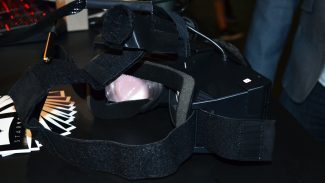
Starbreeze made a smart acquisition of Nozon last year, a company which is developing a method for rendering film-quality visuals for VR which, unlike 360 video content, allows for 6DOF positional tracking and proper stereoscopy. Essentially they’re able to render the same level of detail in both geometry and lighting that you’d expect out of a pre-rendered CGI film, while retaining many of the benefits of a VR scene rendered in real-time.
Nozon took the CGI assets as-is from the independent short film Construct and rendered a short scene directly from the film for the StarVR headset. The result is a VR experience with visual fidelity that goes above and beyond anything else you’ve ever seen rendered in real-time in VR, and makes full use of StarVR’s ultra-wide field of view and massive pixel count. When I got to see this for myself I was in awe.
Between a screen door effect and pixels which are nearly invisible, the ultra-wide field of view, and content which can effectively take advantage of those elements, I felt like my head was thrust into a completely different place, far more fully than the binocular-like feeling of other high-end headsets. It was one of those moments I only rarely have in my work covering the VR industry where I think to myself ‘This is the experience we want all VR to feel like in the future’.
– – — – –
Now, that’s not to say that StarVR is perfect. I have the fortune of being able to look past a number of otherwise glaring issues which I know are not major technical hurdles and will come to the headset in time.
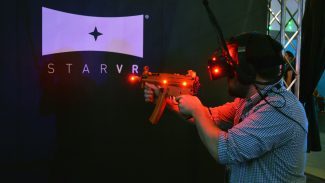
For instance, the PhasesSpace-based tracking as shown at VRLA was pretty awful. Starbreeze said this was due to an issue related to RF saturation at the event and a problem with configuring the tracking system correctly. I know for a fact that the folks developing this headset know what good tracking looks like, and that PhaseSpace is capable of very good tracking; this truly was just an issue of setup. I also know that even if it wasn’t, by this point other tracking tech like SteamVR Tracking (AKA Lighthouse) is relatively easy to come by, and further, because StarVR is positioned as a B2B product, high-end tracking systems like OptiTrack are also easy enough to slap on. Starbreeze in fact plans to support various tracking systems modularly so that businesses can use whichever is best for their needs.
There was also some notable stutter and tearing seen in the Nozon demo, which I was told was due to the content having a mismatched framerate compared to the refresh rate of the display. Again, I have seen Nozon’s work over the course of development, and I know what it can look right when all the technical tidbits are toggled correctly.
What I see—when I filter out what I know to be easy fixes of a VR headset that’s still in development—is a very promising device that’s capable of delivering a uniquely immersive VR experience, one that gives us a glimpse of what VR can and should look like in the future.

